Find the best driving school for you

Oops! Unable to proceed
Please search City before proceeding further.

Oops! Unable to proceed
Please search City before proceeding further.
Driving School
Posted by Itzeazy on 06 Mar, 23

Driving in snow and icy conditions in India can be challenging and potentially dangerous. Winter weather brings a unique set of challenges for drivers, including decreased visibility, slippery roads, and reduced traction. Throughout this article, you will learn how to drive safely in snow and icy conditions, how to prepare your vehicle, and what to do in an emergency.
There are a few key factors to consider when it comes to driving in snow. First and foremost, it's essential to be prepared. This means having the proper equipment and ensuring your vehicle is ready for winter weather. Let's take a look at some specific tips for driving in snow:
Slowing down is the most important thing to remember when driving in snow. Snow and ice can significantly reduce your vehicle's traction, making stopping, turning, or maintaining control more difficult. Driving at a slower speed gives you more time to react to any potential hazards and reduces the risk of losing control.
In addition to slowing down, increasing your following distance is essential. This gives you more time to stop if the vehicle in front of you comes to a sudden halt. When driving on snow or ice, keep a following distance of at least six seconds.
Snow can significantly reduce visibility, making it more difficult for other drivers to see you. Turn on your headlights to improve your visibility and ensure other drivers can see you. This is especially important in low-light conditions, such as during a snowstorm or night.
If you're driving on a steep hill, keeping your momentum is essential. If you stop on a hill, it cannot be easy to get going again, especially if the road is slick with snow or ice. If you need to stop on a hill, try to do so at the bottom or top, where it's less steep.
Snow and ice can significantly reduce your vehicle's traction, making stopping difficult. To avoid skidding or losing control, it's essential to be gentle with your brakes. Avoid slamming on the brakes; apply them gently and gradually to slow down.
If you're driving a manual transmission vehicle, using your gears can be a helpful tool for maintaining control in snowy or icy conditions. When going downhill, for example, you can shift into a lower gear to slow down without using your brakes. This can help you maintain control and reduce the risk of skidding or losing control.
Finally, avoiding sudden movements when driving in snow or ice is essential. This includes sudden accelerations, sudden turns, or sudden stops. By being smooth and deliberate with your movements, you can maintain control of your vehicle and reduce the risk of an accident.
If you're driving in snow for the first time, it can be a nerve-wracking experience. However, with the proper preparation and mindset, you can navigate snowy or icy roads safely and confidently. Here are some tips for driving in snow for the first time:
Before heading out onto the roads, practicing driving in snowy or icy conditions in a safe location is a good idea. This could be an empty parking lot or a quiet residential street. Practicing braking and turning will help you understand how your vehicle handles snow and ice.
Taking things slow is essential when driving in snow for the first time. Start driving slower than you usually would, and increase your speed gradually as you become more comfortable. Remember, arriving at your destination a little later than not at all is better.
Before heading out onto the roads, make sure you're prepared for winter weather. This means having the proper equipment, such as snow tires or chains, and ensuring your vehicle is in good condition. It's also a good idea to bring a winter survival kit with you in case you become stranded.
As mentioned earlier, it's essential to maintain a safe following distance when driving in snowy or icy conditions. This gives you more time to react to potential hazards and reduces the risk of a collision. It can take longer to stop in snow or ice, so leave plenty of space between your vehicle and the vehicle in front.
Driving in snow or ice requires a high level of concentration and awareness. Stay focused on the road ahead, and be prepared for unexpected situations. Keep an eye out for hazards such as black ice, and be prepared to adjust your driving accordingly.

In addition to practicing safe driving habits, it's essential to prepare your vehicle for winter weather. This can help ensure your vehicle can handle snowy or icy conditions and reduce the risk of a breakdown or accident. Here are some steps you can take to prepare your vehicle for winter weather:
Your tires are your vehicle's first defense against snow and ice. Ensure your tires are properly inflated, and consider switching to snow tires or adding chains for extra traction. If your tires are worn or damaged, consider replacing them before winter weather sets in.
Cold weather can be brutal on your vehicle's battery. Before the winter weather sets in, check your battery to ensure it's in good condition. If your battery is over a few years old, consider replacing it as a preventative measure.
Winter weather can also affect your vehicle's fluids. Ensure your antifreeze is topped off, and consider using a winter-grade oil to improve engine performance in cold temperatures.
Snow and ice can make it difficult to see the road ahead. Ensure your wipers are in good condition and consider switching to winter wiper blades for improved performance. Also, ensure that your windshield washer fluid is topped off, and consider using a winter-grade fluid that won't freeze in cold temperatures.
In an emergency, having a winter survival kit in your vehicle is a good idea. This should include blankets, warm clothing, food, water, and a first aid kit. Also, make sure you have a fully charged cell phone in case you need to call for help.
Even with the best preparation and safe driving habits, accidents can still happen in snowy or icy conditions. If you find yourself in an emergency, staying calm and taking the appropriate steps to stay safe is essential. Here's what to do in an emergency:
If you become stranded in a snowstorm, staying with your vehicle is essential. Your vehicle can provide shelter and protection from the elements. Also, your vehicle is more accessible for rescue crews to spot than a person on foot.
If you have a cell phone, call for help immediately.Let someone know your location, and provide as much information as possible about your situation. If you don't have a cell phone or don't have reception, try to attract the attention of passing motorists or pedestrians.
If you're stranded in a snowstorm, staying warm is essential. Use blankets or warm clothing to stay insulated and dry as possible. Run your vehicle's engine periodically to stay warm, but crack a window slightly to prevent carbon monoxide poisoning.
It's also important to stay hydrated, even in cold weather. Bring water in your winter survival kit, and drink fluids regularly to stay hydrated. Avoid drinking alcohol, as this can increase your risk of hypothermia.
Above all, it's important to stay calm in an emergency. Panic can cloud your judgment and make it harder to make good decisions. Take deep breaths, and focus on the steps you need to take to stay safe.
Driving in snow and icy conditions can be challenging, but staying safe on the roads is possible with proper preparation and safe driving habits. Remember to take things slow, maintain a safe following distance, and stay alert for hazards. And be sure to prepare your vehicle for winter weather and know what to do in an emergency.
Don't be intimidated if you're driving in snow for the first time. You'll soon feel more confident behind the wheel with some practice and patience. And if you're ever in doubt, remember: it's always better to err on the side of caution. Drive safe, and enjoy the beauty of winter weather from the safety of your vehicle.
To get your Driving School, you can avail our services by booking your order down below
Book ServiceIf you have any queries regarding court marriage you can also visit Itzeazy
I hope all the information about the Driving In Snow & Icy Conditions is clear as I have mentioned all the detailed information. If you still have any doubts regarding this you can mention that in the comment box.
Itzeazy
Uploaded on 06 Mar, 23
Read Next
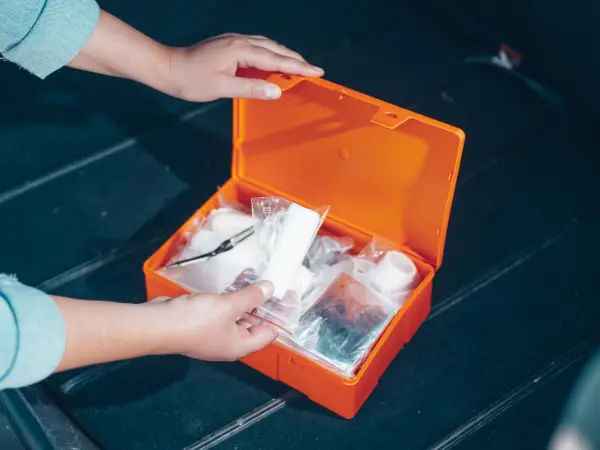
First Aid Kit for Car
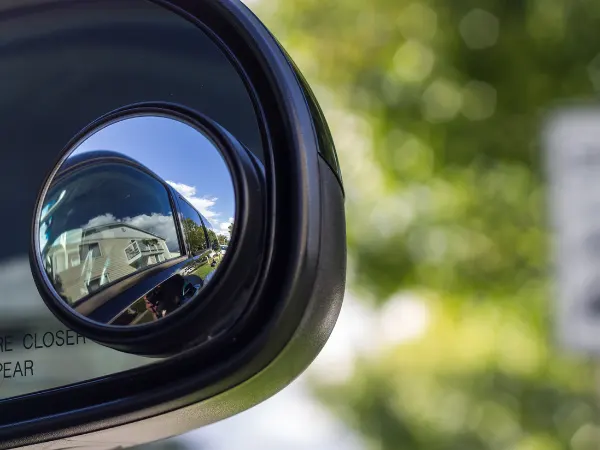
Blind Spot Mirror for Car in India

Top Tips for Safe Driving
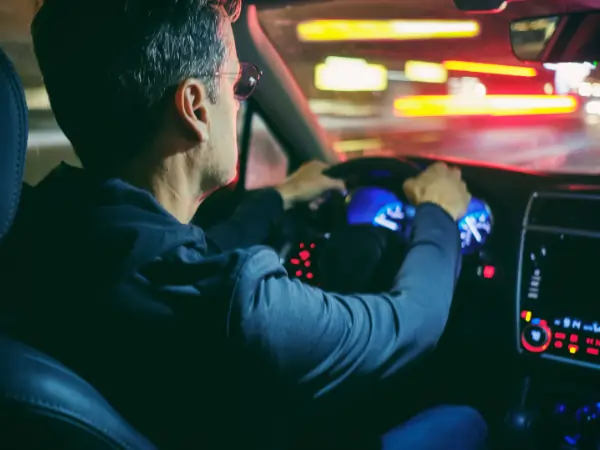
Can we take Driving Lessons at Night?

Changing Gears in Manual car
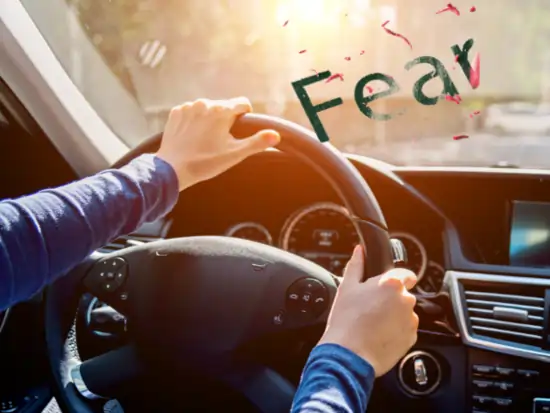
Common Fear of Learning to Drive
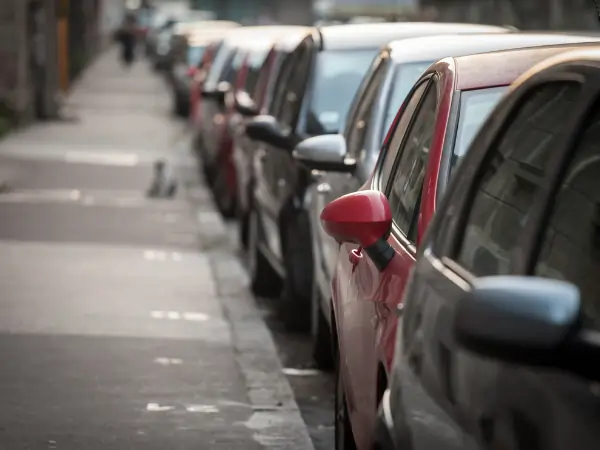
Parallel Parking Tips for Drivers

How Low Tire Pressure Affects Your Vehicle

Common Brake Problems In Cars

Why Car Loses Power while Driving?

Sleeping In Car With Engine On
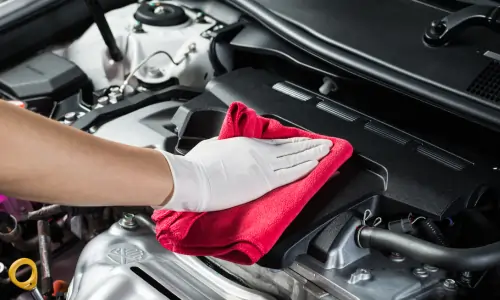
Car Care Tips

Benefits of Taking Driving Lessons From a Professional

Tips to master Reverse Parking
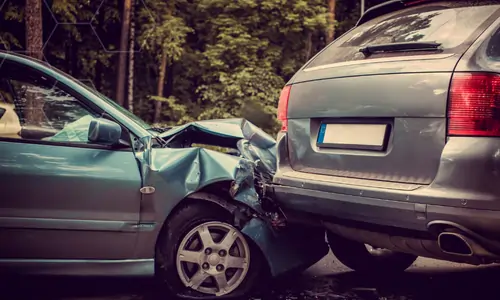
What to do when car met with an Accident?

Choosing an Affordable Driving School

Can I Use My Own Car for Driving Lessons

Advantages of Booking Driving Lessons Online

9 Manual Driving Test Tips

How to Help Your Teen Become a Safe Driver
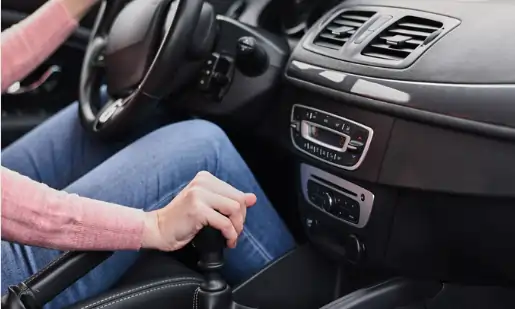
Why to take Manual car driving lessons?

Choosing the Perfect Driving Instructor for you

Nervous to Begin Driving Lessons? Here Are Our Top Tips!
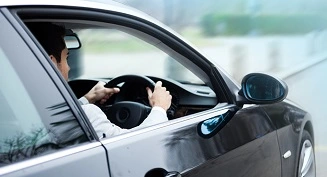
Which Car is the Best for a First Time Driver in India?

How To Prepare For Your First Long Drive

Booking Your Driving Test in India: When Is The Best Time?
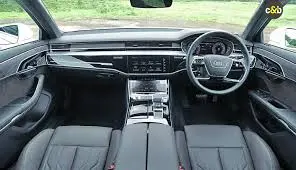
Automatic vs Manual Car

Driving in Fog: Tips and Rules for Safe Navigation
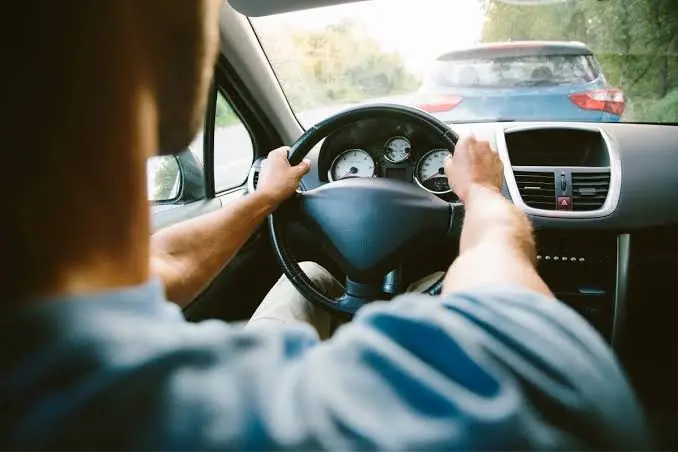
Top tips dealing with driving nerves

10 signs you’re with the wrong driving instructor

Driving In Snow & Icy Conditions
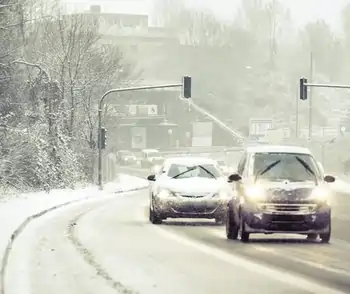
Winter Driving Guide: minimizing the risk of accidents in India
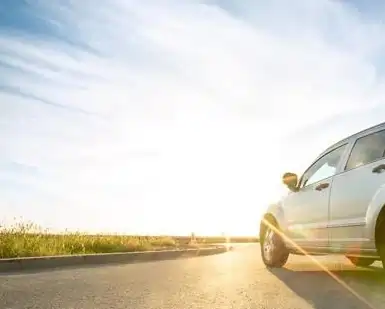
Driving in the summer in India: What you need to know
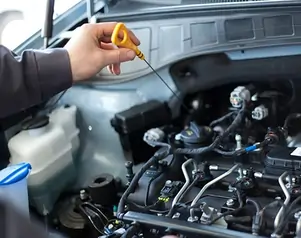
Basic car maintenance: what can you do yourself?
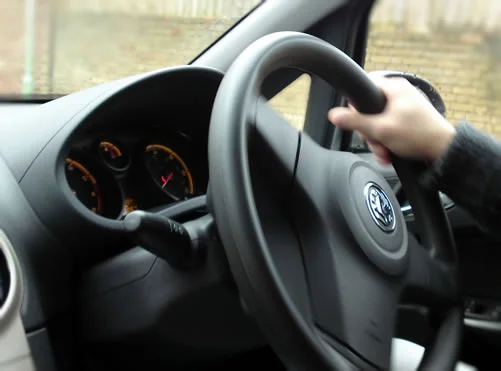
Top 10 reasons to sign up for refresher driving lessons

What you need to know about the new driving theory test

What to expect on your first driving lesson

How To Deal With Road Rage
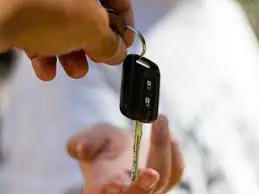
Car Buying Tips

Our Top 5 Car Cleaning Tips

Driving Practice: Taking Private Lessons in Your Car

Driving at Night — Our Top Tips for Arriving Safely
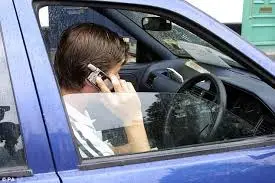
The Law on Using Mobile Phones While Driving

How To Pass Your Driving Test— Fast!
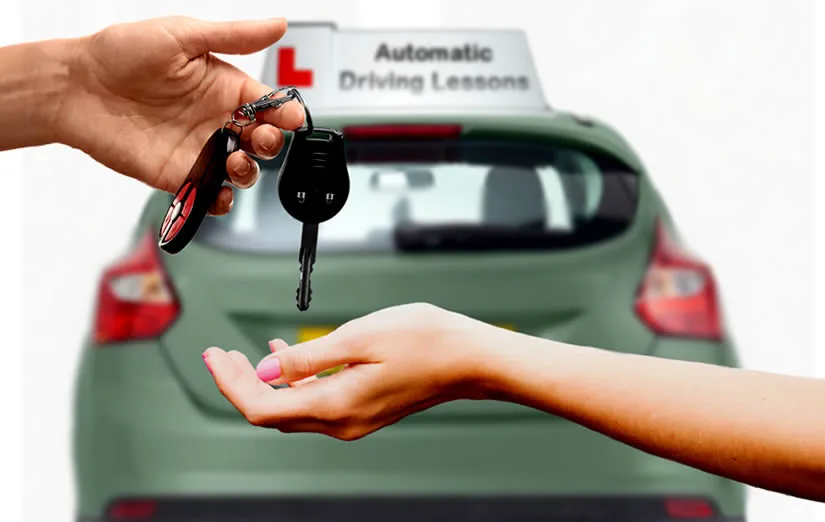
Should I Take Driving Lessons in an Automatic Car?

Common Reasons for failing a Driving Test
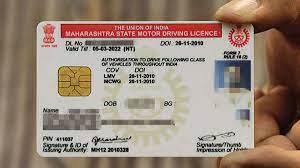
Legal Provisions Regarding Driving Licences
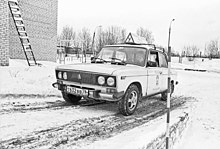
Driver's education
Leave a comment
This site uses Akismet to reduce spam. Learn how your comment data is processed.
Recent Articles

27 Apr, 23
First Aid Kit for Car

27 Apr, 23
Blind Spot Mirror for Car in India

18 Apr, 23
Top Tips for Safe Driving

18 Apr, 23
Can we take Driving Lessons at Night?

14 Apr, 23
Changing Gears in Manual car

14 Apr, 23
Common Fear of Learning to Drive

14 Apr, 23
Parallel Parking Tips for Drivers

13 Apr, 23
How Low Tire Pressure Affects Your Vehicle

13 Apr, 23
Common Brake Problems In Cars

05 Apr, 23
Why Car Loses Power while Driving?

05 Apr, 23
Sleeping In Car With Engine On

03 Apr, 23
Car Care Tips

01 Apr, 23
Benefits of Taking Driving Lessons From a Professional

01 Apr, 23
Tips to master Reverse Parking

01 Apr, 23
What to do when car met with an Accident?

27 Mar, 23
Choosing an Affordable Driving School

27 Mar, 23
Can I Use My Own Car for Driving Lessons

25 Mar, 23
Advantages of Booking Driving Lessons Online

24 Mar, 23
9 Manual Driving Test Tips

17 Mar, 23
How to Help Your Teen Become a Safe Driver

17 Mar, 23
Why to take Manual car driving lessons?

17 Mar, 23
Choosing the Perfect Driving Instructor for you

17 Mar, 23
Nervous to Begin Driving Lessons? Here Are Our Top Tips!

11 Mar, 23
Which Car is the Best for a First Time Driver in India?

11 Mar, 23
How To Prepare For Your First Long Drive

11 Mar, 23
Booking Your Driving Test in India: When Is The Best Time?

09 Mar, 23
Automatic vs Manual Car

09 Mar, 23
Driving in Fog: Tips and Rules for Safe Navigation

07 Mar, 23
Top tips dealing with driving nerves

07 Mar, 23
10 signs you’re with the wrong driving instructor

06 Mar, 23
Driving In Snow & Icy Conditions

06 Mar, 23
Winter Driving Guide: minimizing the risk of accidents in India

06 Mar, 23
Driving in the summer in India: What you need to know

01 Mar, 23
Basic car maintenance: what can you do yourself?

01 Mar, 23
Top 10 reasons to sign up for refresher driving lessons

27 Feb, 23
What you need to know about the new driving theory test

27 Feb, 23
What to expect on your first driving lesson

25 Feb, 23
How To Deal With Road Rage

25 Feb, 23
Car Buying Tips

24 Feb, 23
Our Top 5 Car Cleaning Tips

21 Feb, 23
Driving Practice: Taking Private Lessons in Your Car

21 Feb, 23
Driving at Night — Our Top Tips for Arriving Safely

20 Feb, 23
The Law on Using Mobile Phones While Driving

20 Feb, 23
How To Pass Your Driving Test— Fast!

18 Feb, 23
Should I Take Driving Lessons in an Automatic Car?

18 Feb, 23
Common Reasons for failing a Driving Test

18 Feb, 23
Legal Provisions Regarding Driving Licences

18 Feb, 23
Driver's education
Different Categories
Choose Category
mirriage certificare
Birth certificare
dearth certificare
Explore the timeline
Choose Month
mirriage certificare
Birth certificare
dearth certificare